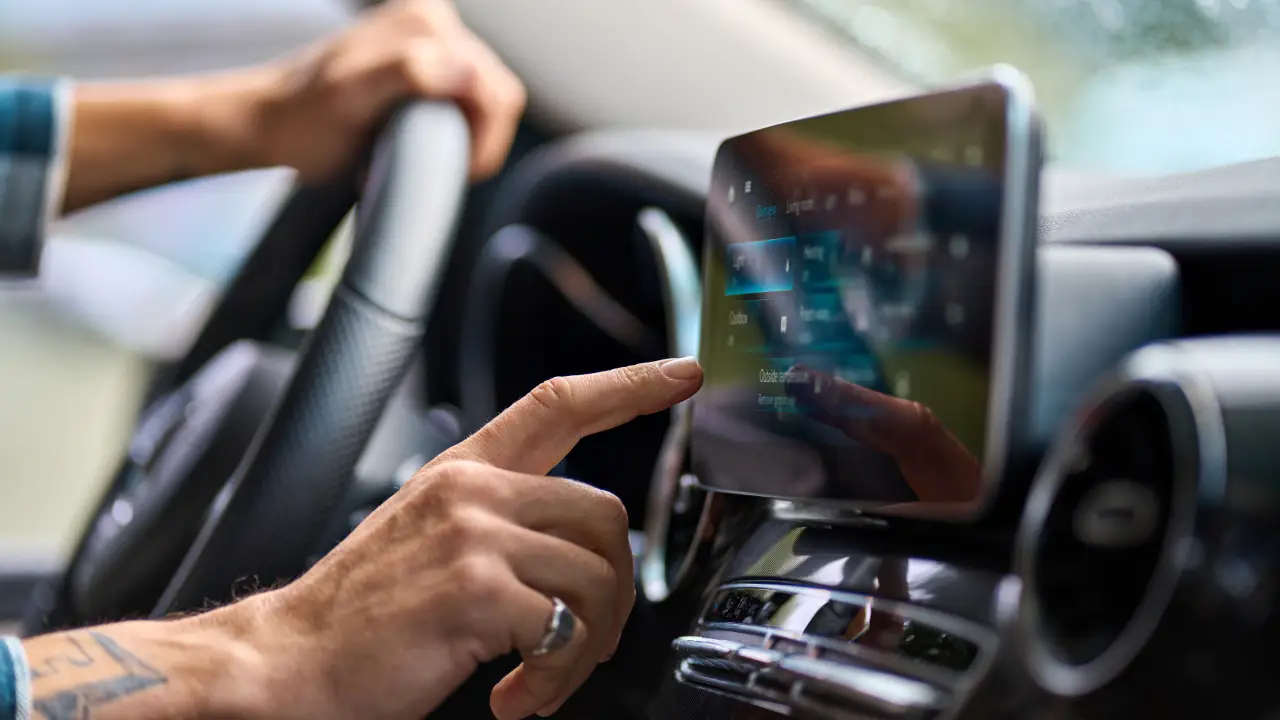Why are auto insurance rates so high? If you ask around, you’ll likely hear that the blame is placed on various factors, from public insurance models to the rise in car thefts to the prevalence of luxury vehicles.
While this debate continues, one emerging trend in the automotive industry appears to offer a potential solution to high insurance rates: safe driving technologies.
These technologies, which are automatically integrated into newer car models and embraced by insurance companies, are designed to help drivers navigate roads more safely. As a result, they also play a role in reducing accidents.
The reasoning is simple: if more drivers have access to these safety technologies, fewer accidents will occur, leading to fewer insurance claims. As a result, insurance companies would need less money to cover claims, which could eventually lead to a reduction in rates.
But will these new technologies actually result in lower auto insurance costs? To find out, we spoke to two industry experts.
Also Read: Are Automakers Secretly Making Cars Less Durable to Boost Profits?
As vehicles become more sophisticated, a variety of safety technologies have emerged to improve both driver safety and comfort. These include:
- Automatic Emergency Braking (AEB): This system uses sensors to detect potential collisions and automatically applies the brakes if the driver fails to respond in time.
- Forward Collision Warning (FCW): This system alerts drivers to possible collisions with a vehicle ahead of them.
- Blind Spot Detection: This feature warns drivers when another vehicle enters their blind spot during lane changes.
- Rear Cross Traffic Alerts: This system notifies drivers of approaching cars when reversing out of a parking space.
- Lane Departure Warning and Lane Keeping Assist: These systems alert drivers when their vehicle begins to drift out of its lane and can even help steer the vehicle back into its lane.
- Adaptive Cruise Control: This feature adjusts the vehicle’s speed to maintain a safe distance from the car in front.
- Rear-view Cameras: These provide a clear view of the area behind the vehicle, making it safer to reverse.
- Anti-theft Devices: Devices like steering wheel locks and GPS trackers can deter thieves and assist in recovery if theft occurs.
Safety features integrated into vehicles
In 2019, Subaru introduced a new car model featuring DriverFocus, a safety system using facial recognition technology to detect distracted driving and alert drivers.
While the use of facial recognition technology in cars isn’t new Tesla and BMW have similar systems Subaru was one of the first automakers to offer it in mainstream non-luxury vehicles, according to a company spokesperson.
Over the last decade, safety features have become increasingly common. However, David Waserman, an insurance consultant at TCJ Consulting, believes that some safety features are still not widespread enough.
“One feature I really like is blind spot detection warning,” Waserman shares. “It’s an excellent safety feature that should come standard in every new car, but some manufacturers only include it in mid- to high-end models.”
He believes this feature should be standard even in entry-level vehicles.
New technologies driving up insurance costs
While Waserman believes that safety features will likely reduce the frequency of collisions, he’s uncertain whether these features will directly result in lower insurance premiums.
“Some insurance companies already offer discounts for having these safety features installed,” he explains.

“However,” he adds, “these technologies are expensive and increase the overall value of the vehicles.”
In other words, while safety features may reduce the number of accidents and claims, if an accident does occur, repairs on cars equipped with advanced safety technologies could cost insurance companies more.
Even if the number of claims drops, the increased cost of each claim could make it challenging to argue that safety features will lower insurance rates.
For instance, a car with advanced driver assistance systems (ADAS) may cost over $1,400 to repair a damaged windshield, compared to just $150 for a regular windshield.
Safety features provided by insurance companies
Not all advanced safety technologies are expensive. In recent years, several Canadian insurance companies, including the Canadian Automobile Association, Allstate, Intact, Desjardins, and the Co-operators, have started offering discounts to drivers who download tracking apps on their smartphones no fancy equipment required.
For example, Automerit, an app available to drivers insured by belairdirect, serves as a telematics tool that tracks how safely a driver operates their vehicle.
“Are people using their smartphones while driving?” asks Jeremy Green, vice president of sales and business development for Western Canada at belairdirect. “Are they texting? Tapping? Swiping? This app tracks that.”
In addition to monitoring distracted driving habits, Automerit also collects data on the number of kilometers driven, instances of hard braking, and sharp turns.
Green explains that the company looks at this data alongside what he calls contextual information, such as the type of road the driver is on, the time of day, and the speed at which they are driving.
“We focus on long-term trends,” he says. “We analyze these events over time, and using machine learning and new technology, we develop an individualized, customized rate based on the driver’s personal driving history.”
Also Read: 10 Cars With the Most Advanced Safety Technology in 2024
Safety features leading to insurance discounts
Depending on their driving score, Green says, customers can receive discounts of up to 30% off their typical insurance premiums.
What about discounts for installing safety features beyond apps, such as the ones mentioned earlier? While it’s not yet common, as Waserman noted, such discounts do exist.
Currently, many insurance companies offer a 10% to 15% discount to drivers who have automatic emergency braking (AEB) installed in their vehicles.
As these safety technologies become more prevalent, the cost of installing and repairing them may eventually decrease. Over time, the benefits these technologies provide to the insurance industry, such as preventing accidents and reducing claims, may outweigh their costs.
For now, however, anyone hoping for a significant reduction in their auto insurance rates by purchasing a car with features like lane departure warnings or rear-view cameras may be disappointed. But the future of auto insurance holds promise.

